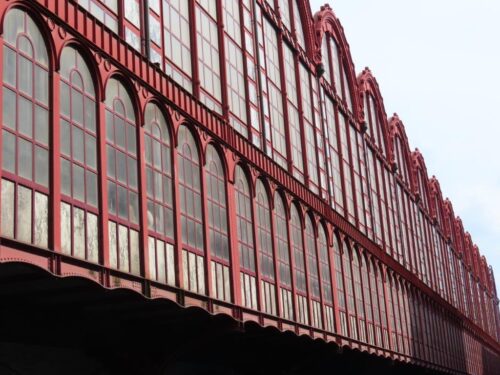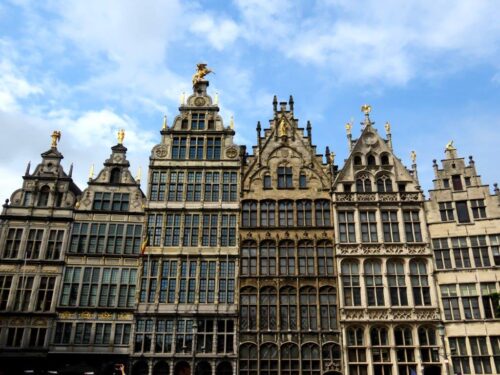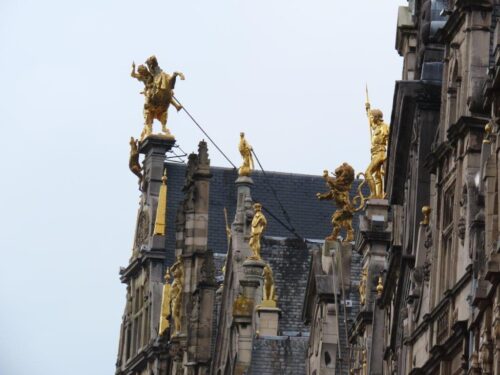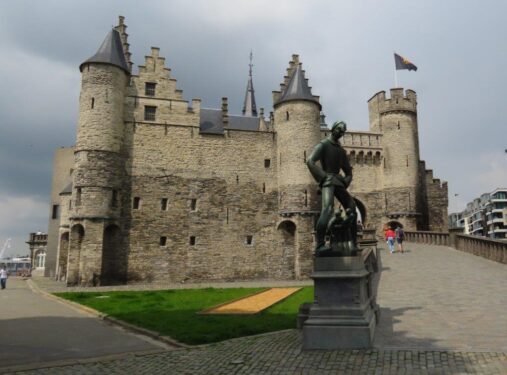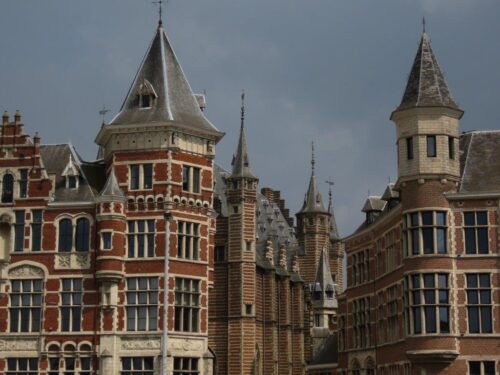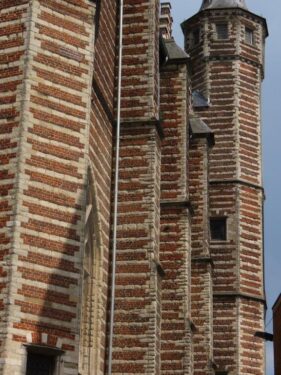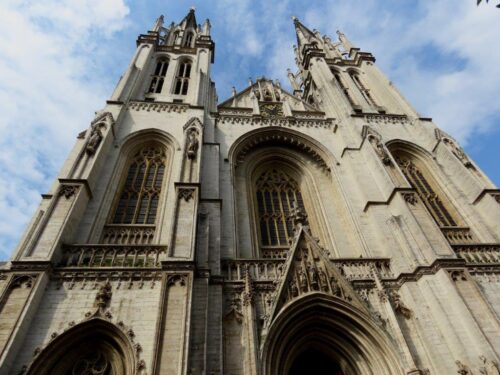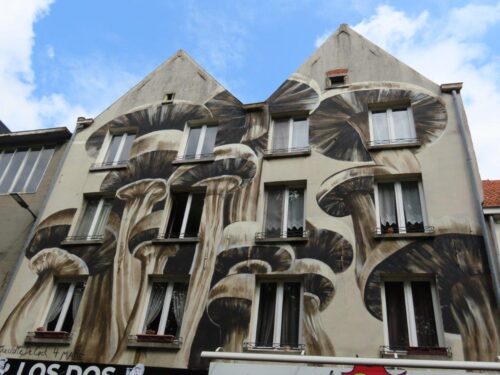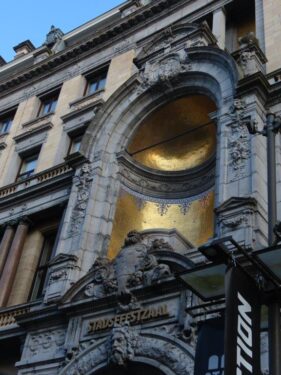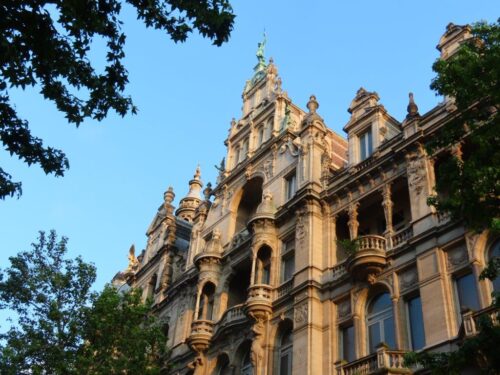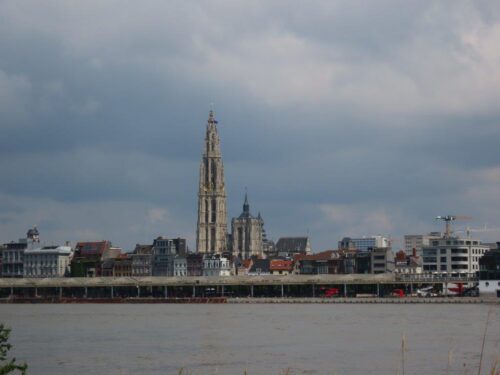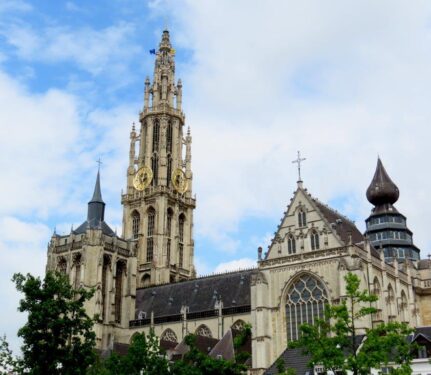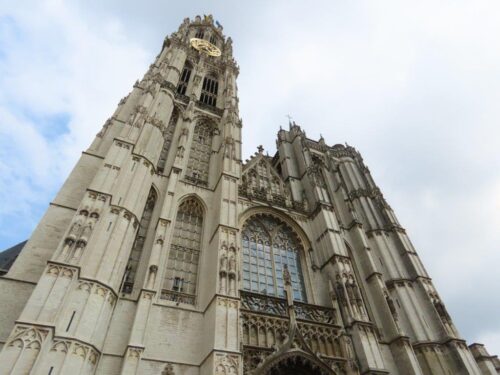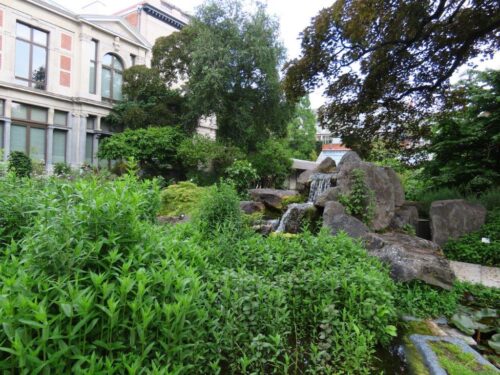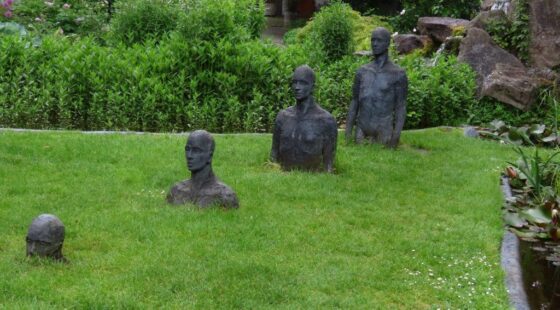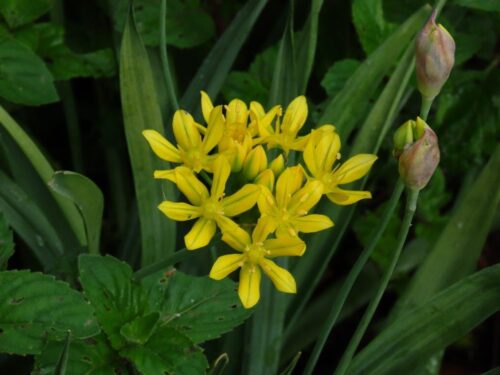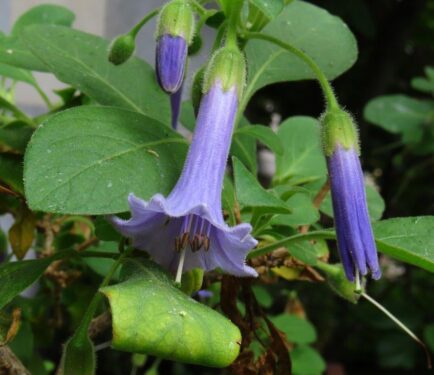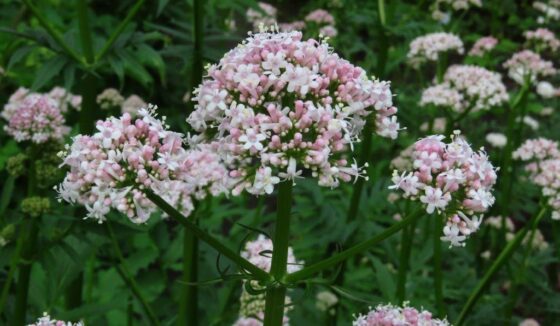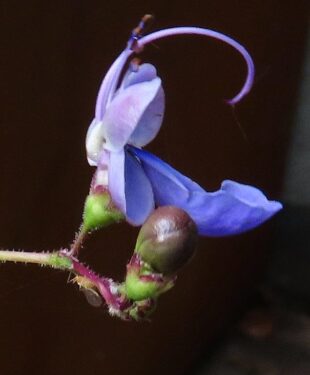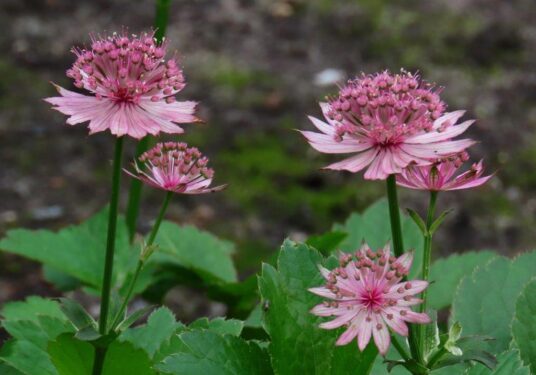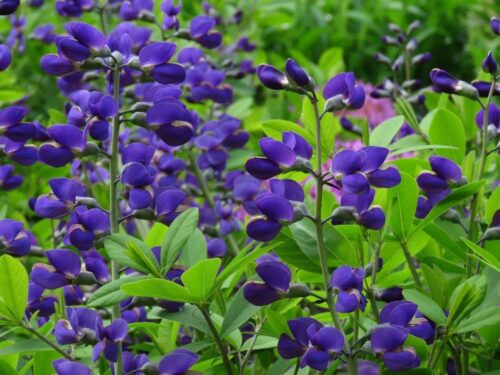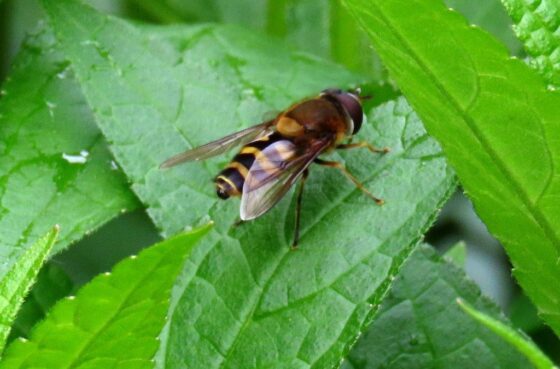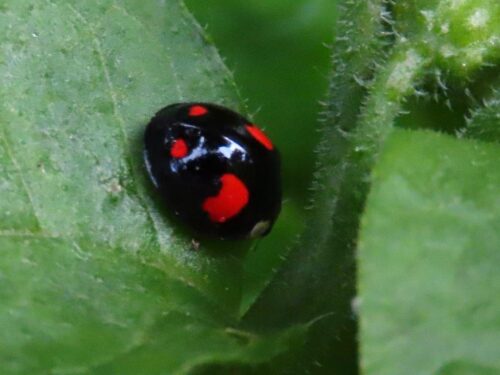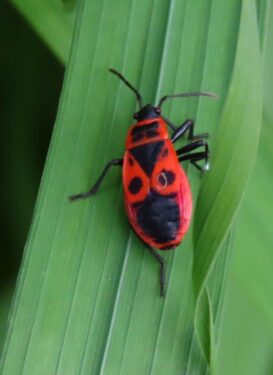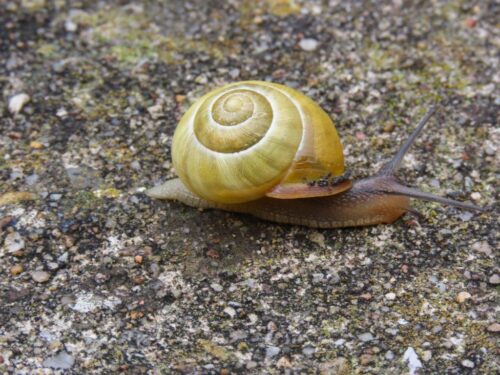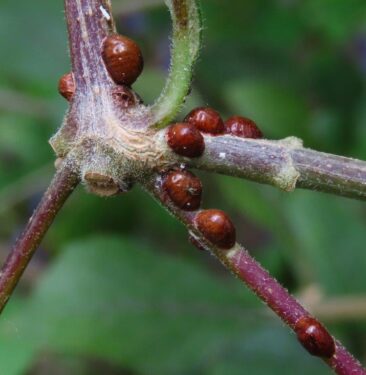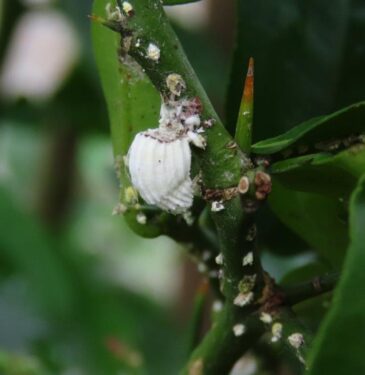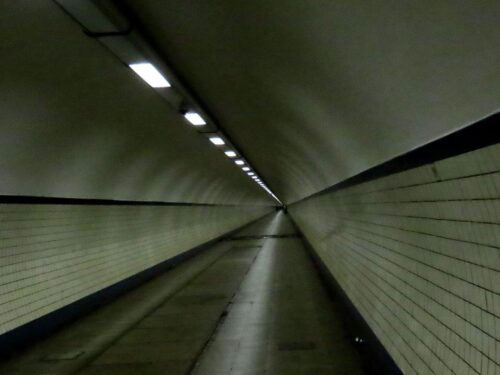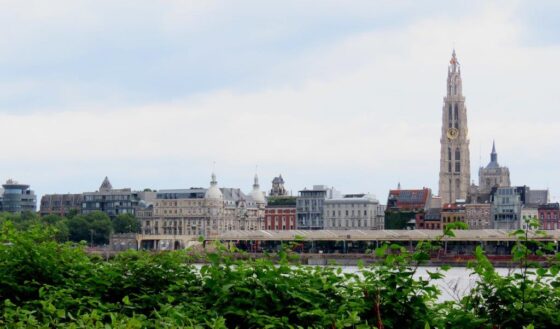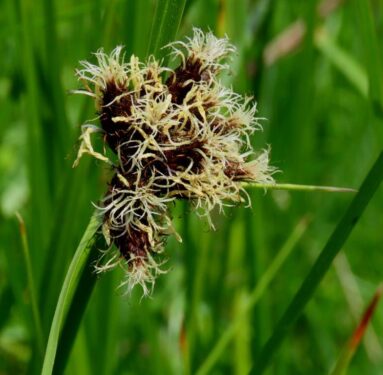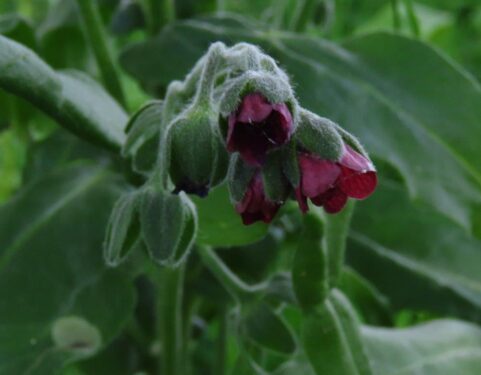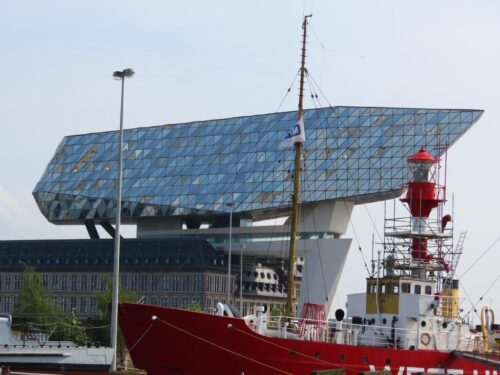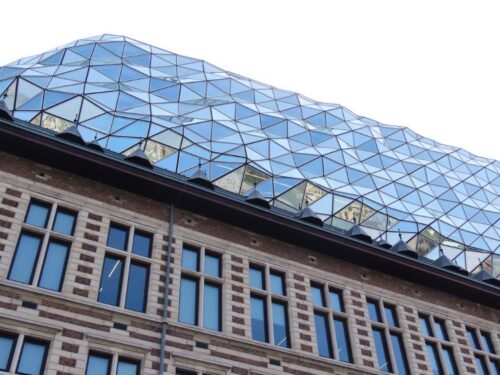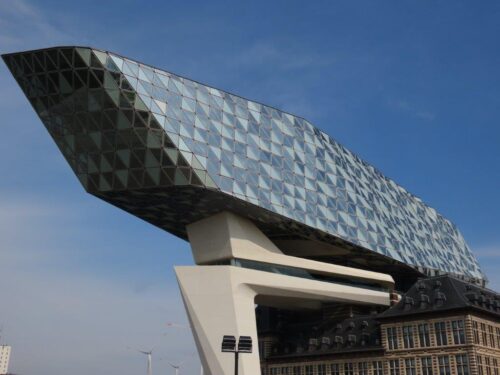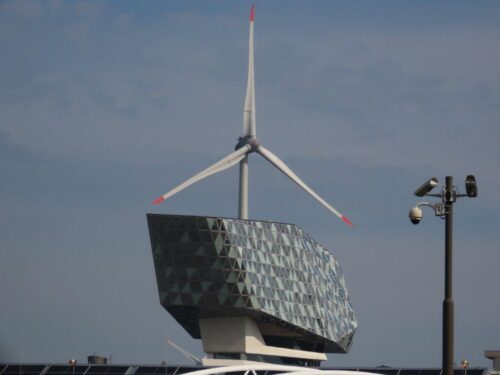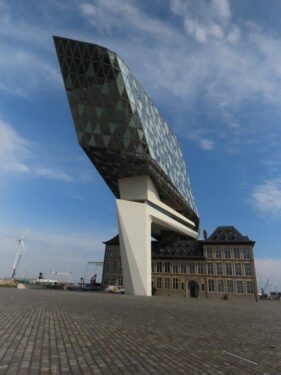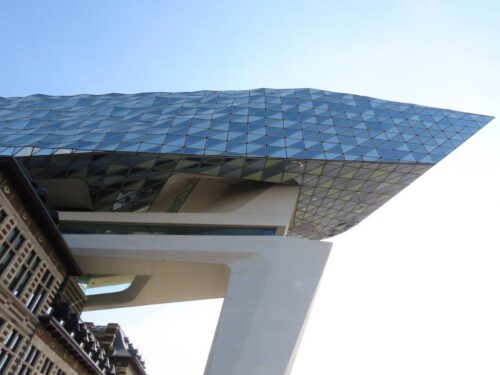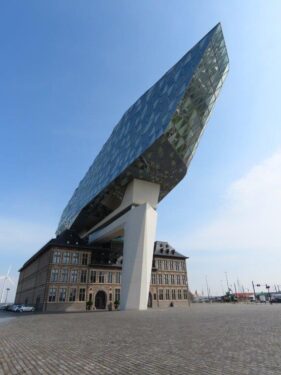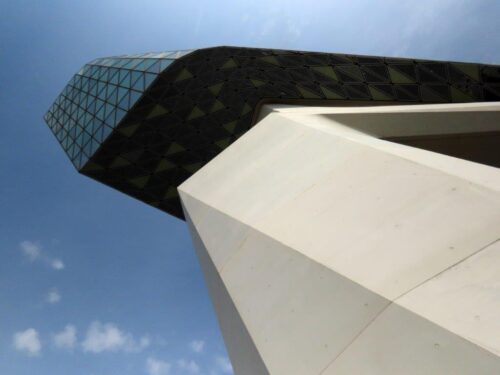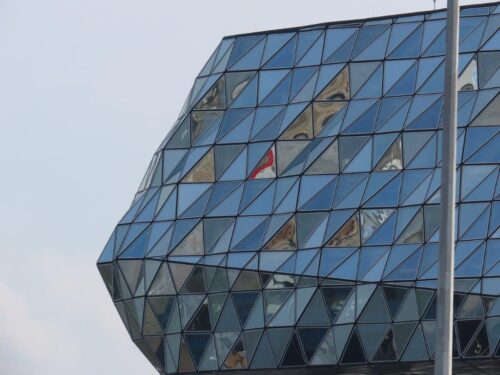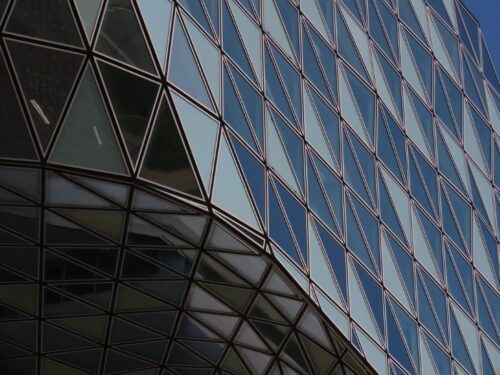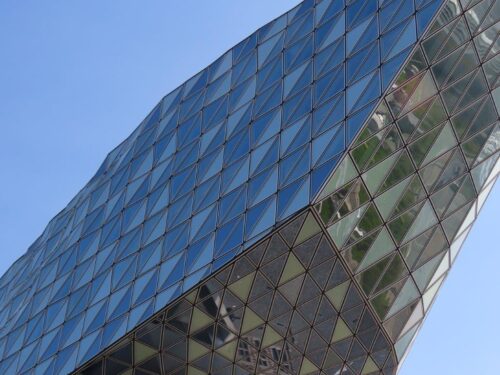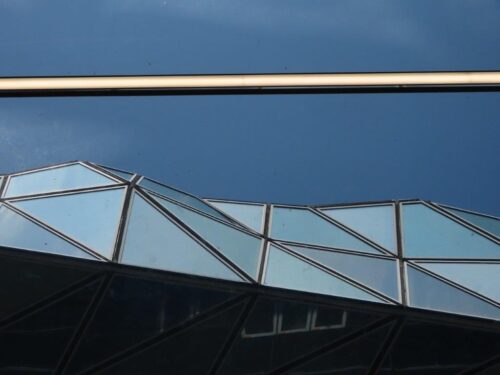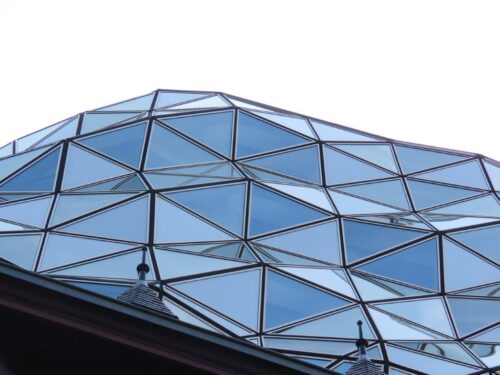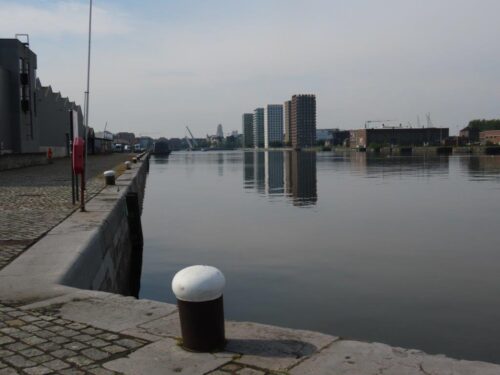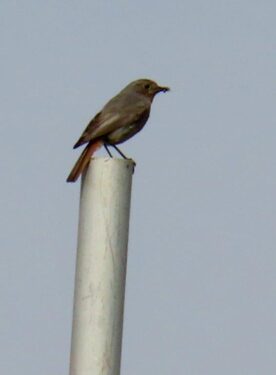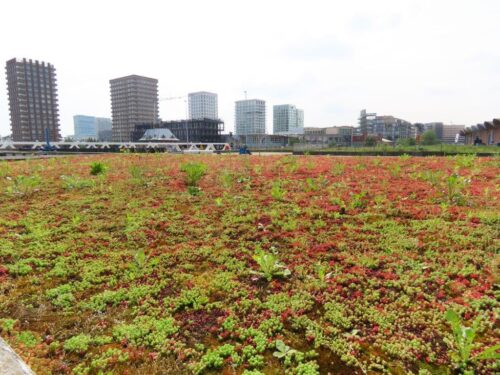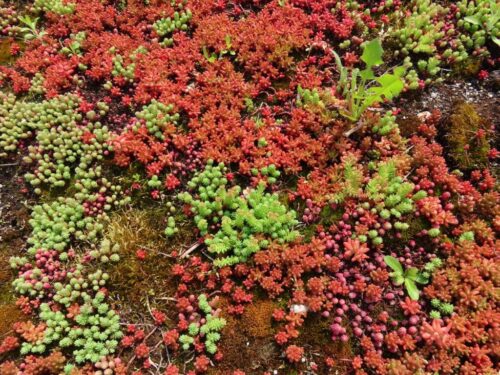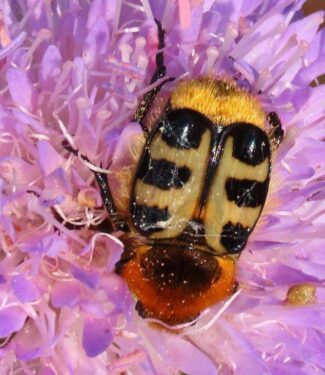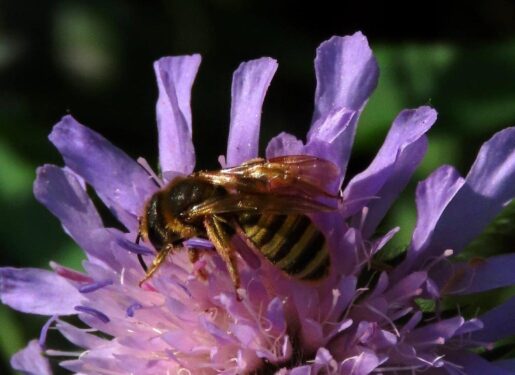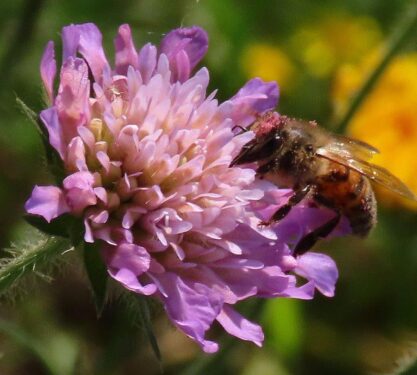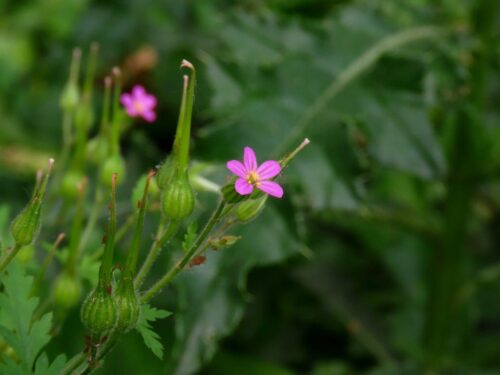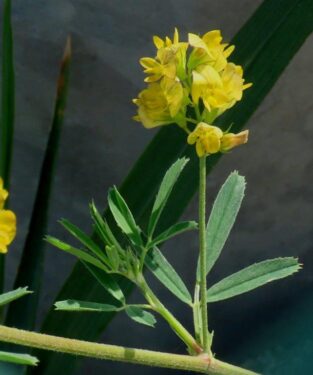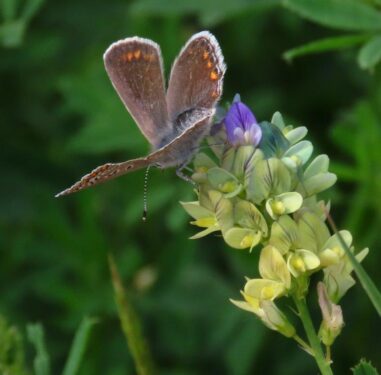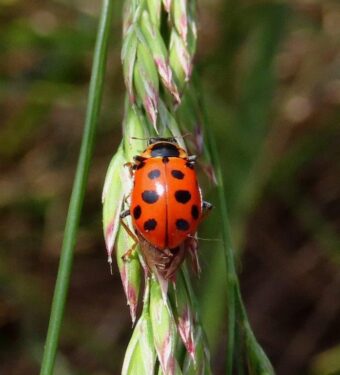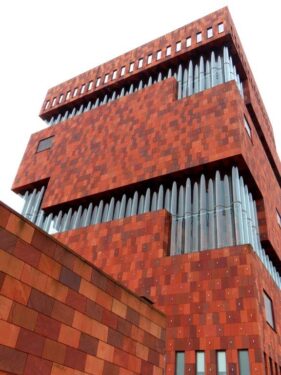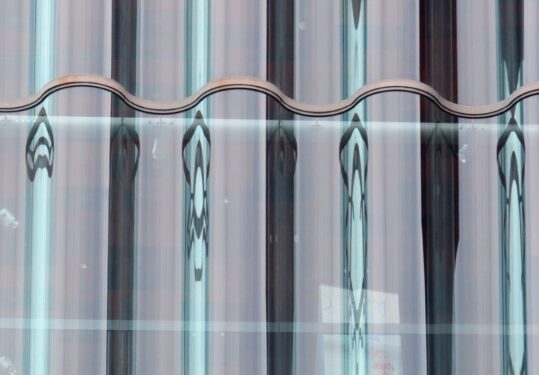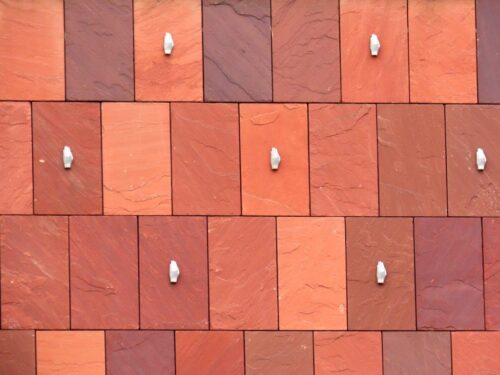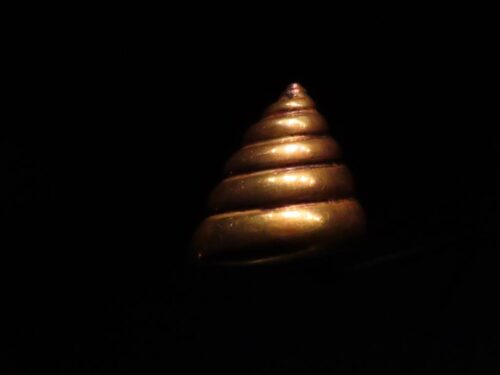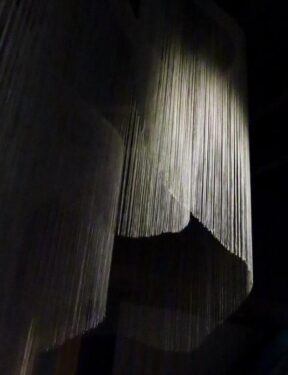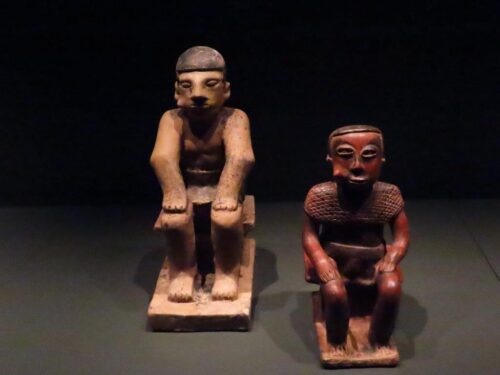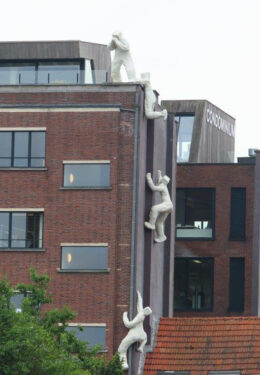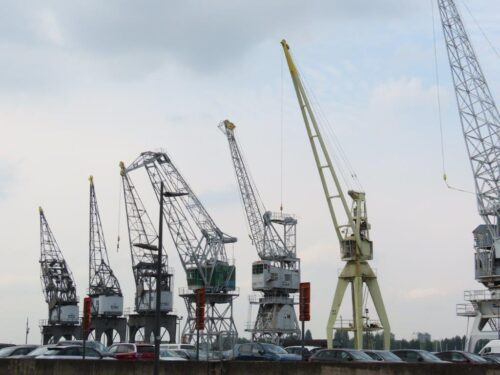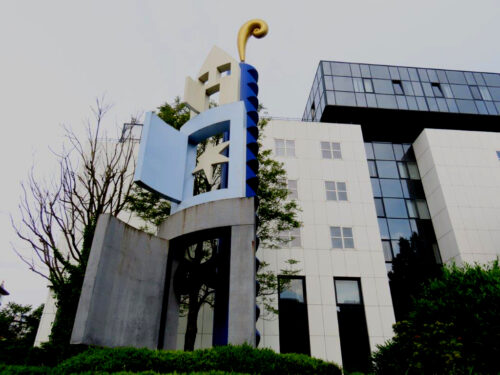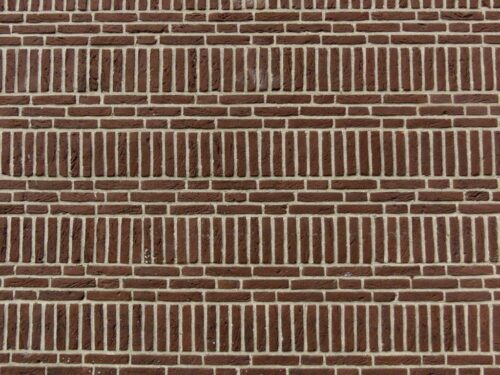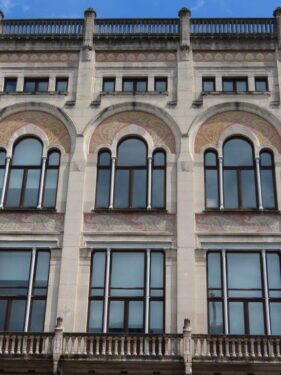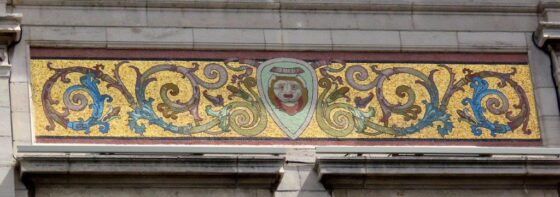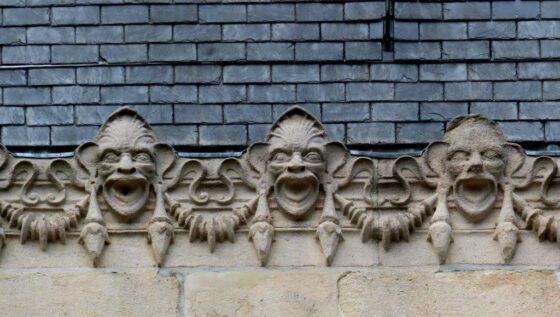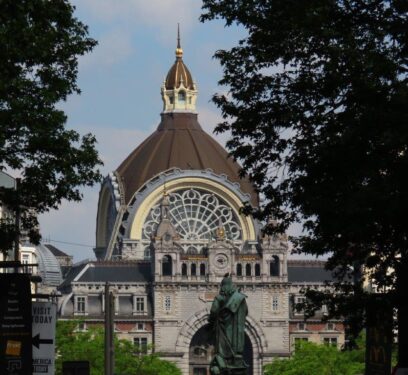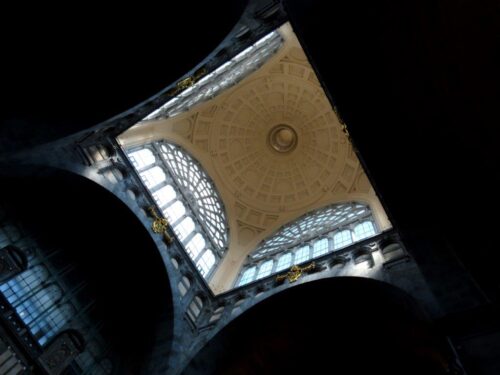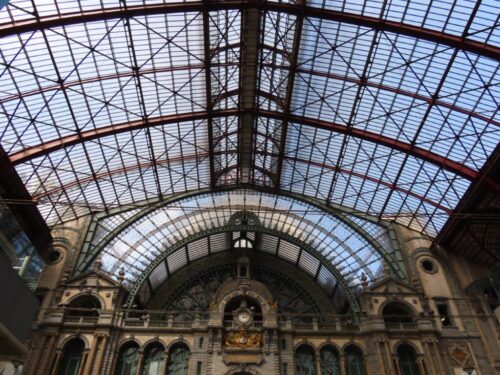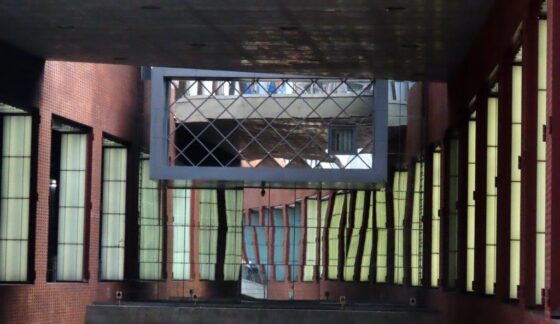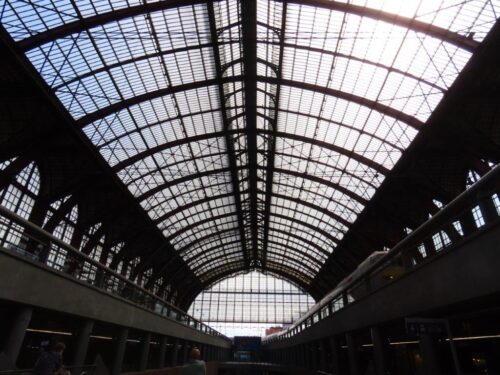Antwerp: another country, another city, another railway station of architectural wonder, although one of a very different vintage to that we departed from in Rotterdam…
Great food and beer made Antwerp a fine place for three days, surrounded by Flemish architecture, laced with its share of mad baroquery, no doubt reflecting its importance as a world trading port, then as now.
Probably the pinnacle of baroque ornamentation, Onze Lieve cathedral pierced the Swift-laden, scream-filled sky, with Black Redstarts singing from its heights, drowned out only for half-an-hour of carillon tunes at noon.
As with any city, there were green oases. The botanic garden may be small but it is space to escape the relentless shoppers, find interesting plants and a few insects and other creatures too:
Then across (or rather under, through the 500m-long Sint Anna foot-tunnel) the River Scheldt …
… to the grassy parks and marshy fringes, full of the song of Reed and Cetti’s Warblers.
Our second full day in the city was very different: we headed to the port, specifically to the Harbour Authority building, in fact the reason we decided to take this break in the first place. We had glimpsed it tantalizingly on both the previous days, from the train as we arrived and from the other side of the river, but nothing could have prepared us for its close-up reality.
It is a brave architect who can take one redundant, historic fire station and land a huge glass airship (or is it a boat?) right on top: a magnificent shapeshifter of a building, its glass skin cut like the facets of a diamond, reflecting Antwerp’s position at the centre of the world of diamond trade. Zaha Hadid was one such brave architect, who sadly died just as this remarkable building was completed.
I have spent many hours working in ports and port buildings, and the usual impression is of barbed wire and Keep Out signs. But not here – we just walked up to it, and inside to enjoy coffee looking up at the structure above!
Of course being a port, there were boats, fences, rubble and buildings in different states of repair, all the better for Black Redstarts to thrive…
… with green roofs, each an artwork in their own right with half a dozen or more species of Sedum melded together in a succulent mosaic.
Sown patches of pollinator-friendly plants duly attracted insects, including a Bee Chafer, and various bees (what’s not to love about a Honeybee with a pink-pollen-powdered face?!) …
… plus self-sown brownfield plants and their insects, including Little-Robin, Hybrid Lucerne and Common Blue butterflies, and (a new one for us) 13-spot Ladybird, a species only recently rediscovered in south-eastern England after apparent extinction for several decades.
Ports have a vitality that reflects their focus on the worlds beyond the horizon. And not surprisingly this includes social history museums like MAS, itself a work of art in the regenerated former docklands. The historic inner ports may now be trading mainly in art, culture and ideas but those are as important as goods in any modern culture.
For our last half day the weather took a turn for the worse, so it was a morning of shopping, followed by a sumptuous beer, mussels, chips and mayonnaise lunch at Bier Central. And the sun came out for a final flourish as we headed back to the station, taking in the area round the Zoo, before heading to Brussels and home by Eurostar. A fantastic trip, and each and every one of our transport links on what turned out to be a holiday weekend on the Continent was dead on time!

